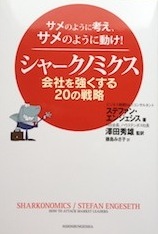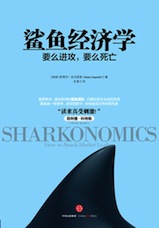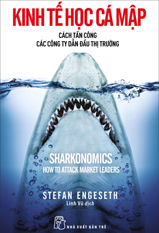Don’t think pink
Yesterday I went to a seminar about how to reach women with advertising. I looked forward to hear experts talking about female consumption. It was a bit chocking to listen to some male speakers talking about female consumption (even if they were experts). Then came Lisa Johnson author of bestseller “Don’t think pink.” She is nothing less than 200% woman and a world-class speaker. Lisa also is the CEO of Reach Group Consulting and does consultation for brands as Nike, Starbucks, and Disney. The short version of her lectures that she delivered: Female consumer power is not about paint pink al over your brand. It is not about simple quick fixes to understand woman as a consumer – it is about finding the right wave length by having a structured dialogue with female consumers. It’s about going from push to pull and with that alot changes in advertising.
The longer version is perhaps better to find in her book because she had to short time to deliver al her good points. But here are some of the points I captured. When men go shopping they have a short list with five requirements that should be fulfilled for the product they are buying. Women have five additional requirements or points on their shopping list. The point is that the first five (price, quality etc) are the same but the five additional ones that woman look for are different (environment, social responsibility etc) and much more important for women. A good deal is based on more facts for a woman than for men.
 Lisa showed some bad examples of making products “pink:” Toolbox made in pink with al male tools made in pink. Another example was one of the first cars made for female car buyers, Dodge La Femme (1955-1956). But at the same time pink can also be done right if the purpose is to sell pink product like Sanrio, Hello Kitty. But selling to woman is not about painting the message in pink symbolically to get it right. In other word use phrases as “for woman” only if it is in the right context (such as selling products like lazerblades or vitamins for women) but even then be careful so you don’t backfire your brand (women are well connected online and “bad pink” spreads like fire online). As Lisa expressed: “Pink is not a hole marketing strategy.”
Lisa showed some bad examples of making products “pink:” Toolbox made in pink with al male tools made in pink. Another example was one of the first cars made for female car buyers, Dodge La Femme (1955-1956). But at the same time pink can also be done right if the purpose is to sell pink product like Sanrio, Hello Kitty. But selling to woman is not about painting the message in pink symbolically to get it right. In other word use phrases as “for woman” only if it is in the right context (such as selling products like lazerblades or vitamins for women) but even then be careful so you don’t backfire your brand (women are well connected online and “bad pink” spreads like fire online). As Lisa expressed: “Pink is not a hole marketing strategy.”
Lisa’s five steps to reach woman in living today’s consumer power world:
1. Experience (doing things).
2. Transparency (be honest).
3. Reinvention (have an content strategy so you get the right hits on Google.com).
4. Connection (women are so connected today that they are their own social news when they connect online with sites as Facebook.com)
5. Expression (how can woman express themself)
If you follow these five steps well women will start talking and spread word of mouth. But remember “women talk back to brands.” Most brands get scared of “talking-back-consumers” but if you listen you will learn what women demand. Shoe retailer Zappos.com listen so good that they are now earning re than 1 billion dollars by selling shoes (no pink shoes).
Some of Lisa’s advises on how to get woman to spread word of mouth:
1. Ask questions (but learn and respond to their demand). Put some questions on top of your website (it shows that you care about their opinion).
2. Don’t promise a lot instead deliver “over the top.” If your website says that it will take three days for the buyers to get their delivery, deliver in 24 hours instead and women will start to talk.
3. Give women more time. “Woman are time starved.” Women are collective and can share time. Provide “Twinsumers” for each woman. Twinsumer is a person that is expert in a product field that the consumers like to know more about but don’t have the time to search for the facts. The twinsumer gives them the facts they are looking for. Often the twinsumer has similar values and priorities as the female consumer. Let these twinsumers answer their (female consumers) questions in different part of your website to save time (and let them be honest).
To express the need to give woman more time, Lisa ended with this point: Women spend half their life taking care of their kids, and the rest of their life taking care of here parents!
In my opinion a lot of brands could profit on taking care more of female consumers and at the same time give them time, values and meaning in life (that’s what they pay for, so don’t think pink).
















